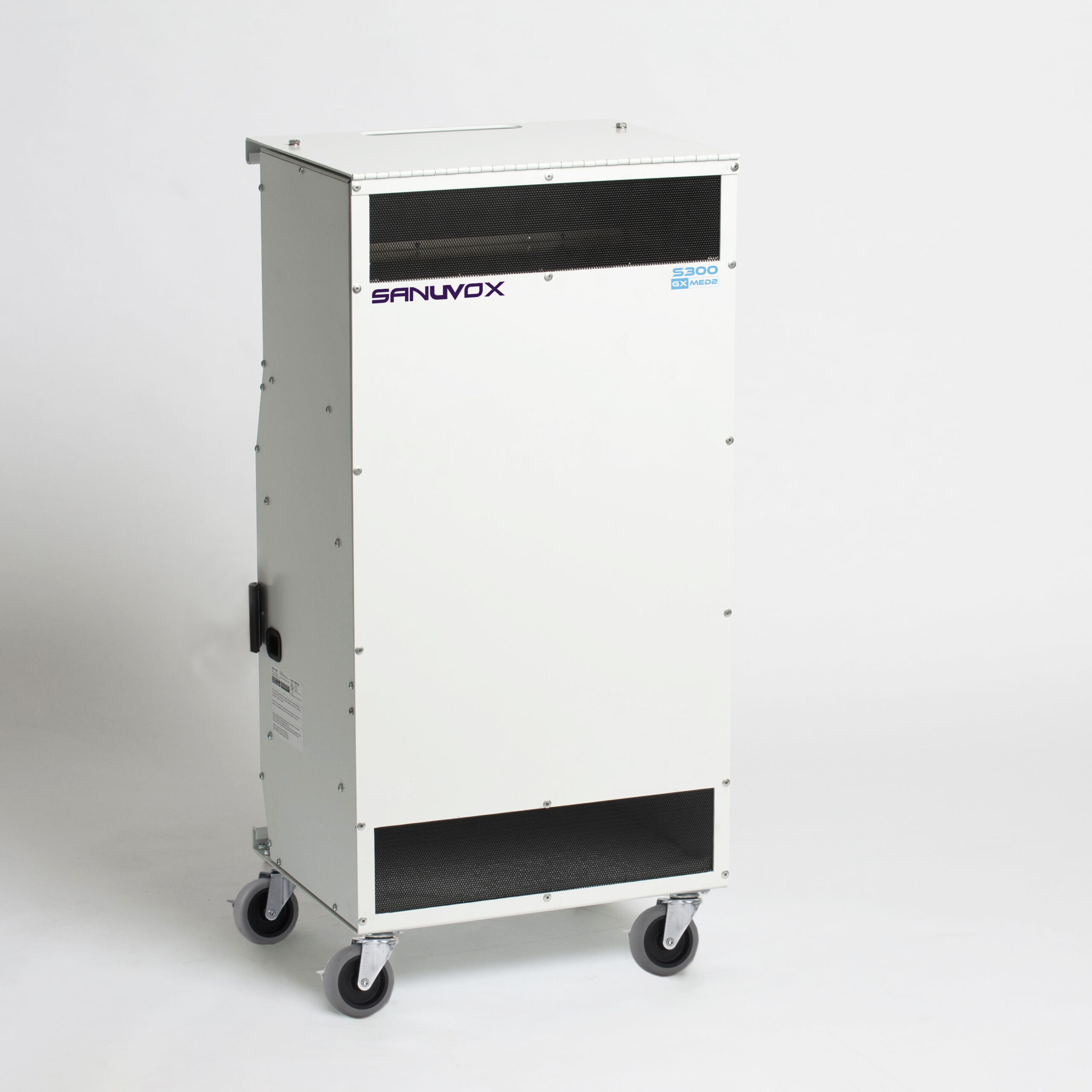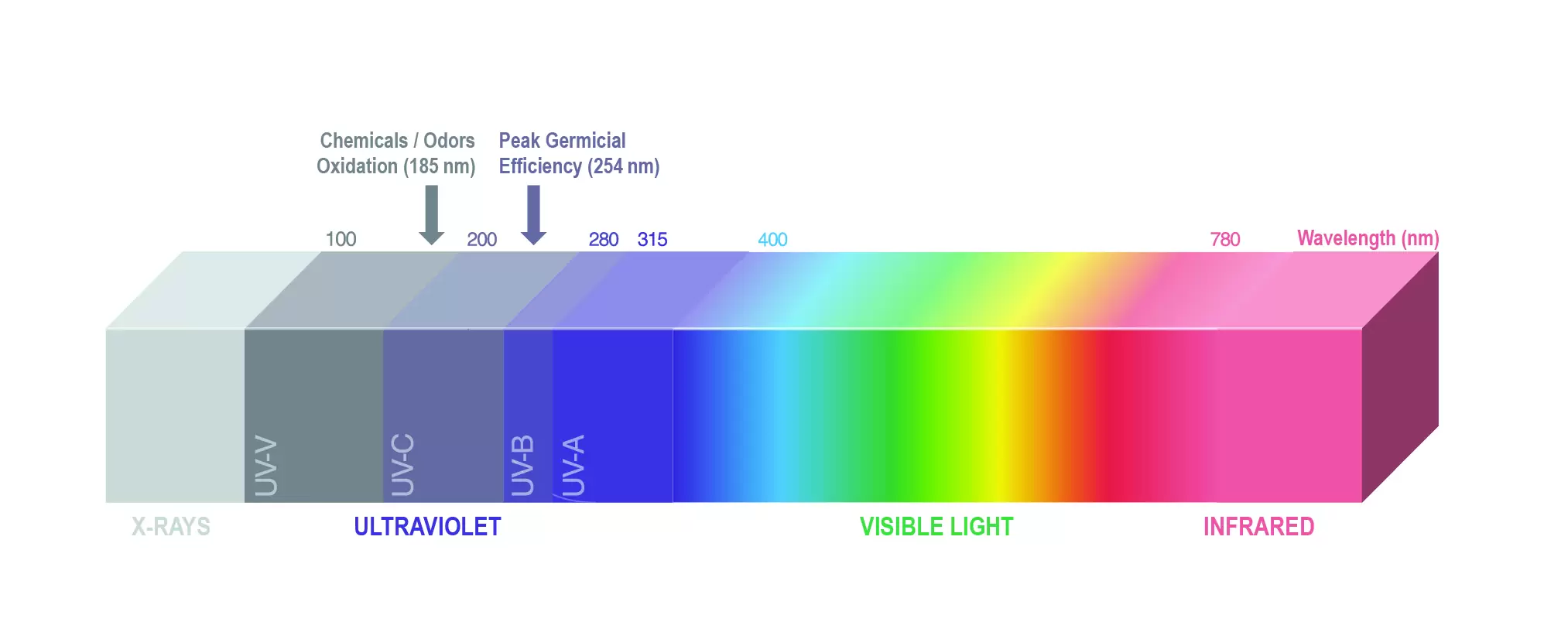UV vs. HEPA Air Purifiers - 101 Guide
There are two common types of air purifier that are used in the dental industry; UV and HEPA. This article outlines how each type works, and how best to use them.
What is a HEPA-filtered air purifier?
Let’s start with type of air filter you’ve most probably heard of; HEPA.
HEPA stands for High-Efficiency Particulate Air filter. In short, they are mechanical filters that work by forcing air through a super-fine mesh, which are designed to trap airborne particles.
Depending on their efficiency rating, HEPA filters are effective down to particle sizes of 0.3 microns. (Source: Ministry of health) For context, fungus spores are about 0.3, where volatile organic compounds and viruses, like SARS-CoV-2, come in much smaller at around 0.1 microns (Source: American Journal of Gastroenterology 2020)

Models like the Sanuvox S300 MED2 Feature HEPA Filters
What is a UV-filtered air purifier?
UV filters use Ultraviolet light to deactivate and destroy airborne contaminants, unlike HEPA filters which are designed to trap them.
UV light exists within the same spectrum as visible light and infrared light. In the context of air purifiers, there are different wavelengths (or shades) that achieve different results.
UV-C vs UV-V Air Purifiers
UV-C and UV-V are different wavelengths of light that are measured in nanometers (nm), and they provide different outcomes in the air purifying context.
UV-V light (185nm) degrades chemicals and odors; it attacks smells and makes for fresher air.
UV-C (254nm) attacks micro-organism on a molecular level to deactivate and destroy airborne contaminants. UV-C light has been scientifically proven to deactivate the SARS-CoV-2 COVID virus in the following studies.
- SARS-CoV-2 UV Dose-Response Behavior
- UVC Inactivation of SARS-CoV-2
- Inactivation of SARS-CoV-2 with UVGI
- Susceptibility of SARS-CoV-2 to UV Irradiation
- UV Disinfection SARS-CoV-2 in CT Machine
The best option is a UV air purifier that can deliver both UV-C and UV-V. Units like the Sanuvox P900 GX deliver both wavelengths and are effective at destroying the smallest virus and volatile organic compounds, as well as the larger dust and odor particles.

HEPA Filter vs. UV Air Purifiers summarised
HEPA filters have been around for a long time – since the 70’s - and as such, they can be relatively low cost. If you’re looking for something to keep the air smelling fresh, and free of allergens, a HEPA filtered air purifier can be a great choice. But their filters do require regular replacement, and they are not effective down to the particle size of many airborne viruses.
Combined UV-C and UV-V air purifiers are relatively new technology, which means a slightly higher price point. But while they may be a little more expensive, they are proven to be effective at deactivating and destroying virus particles as well as odors, and usually only require replacement bulbs after 2 years.
The best solution is to use both; a HEPA filter to do the heavy lifting and filter out larger particles, and a UV filter to deactivate and destroy airborne micro-organisms.
Combined, UV air purifiers and HEPA filtration are great supplementary air treatments, and best used in New Zealand as secondary additions to adequate ventilation and circulation.
